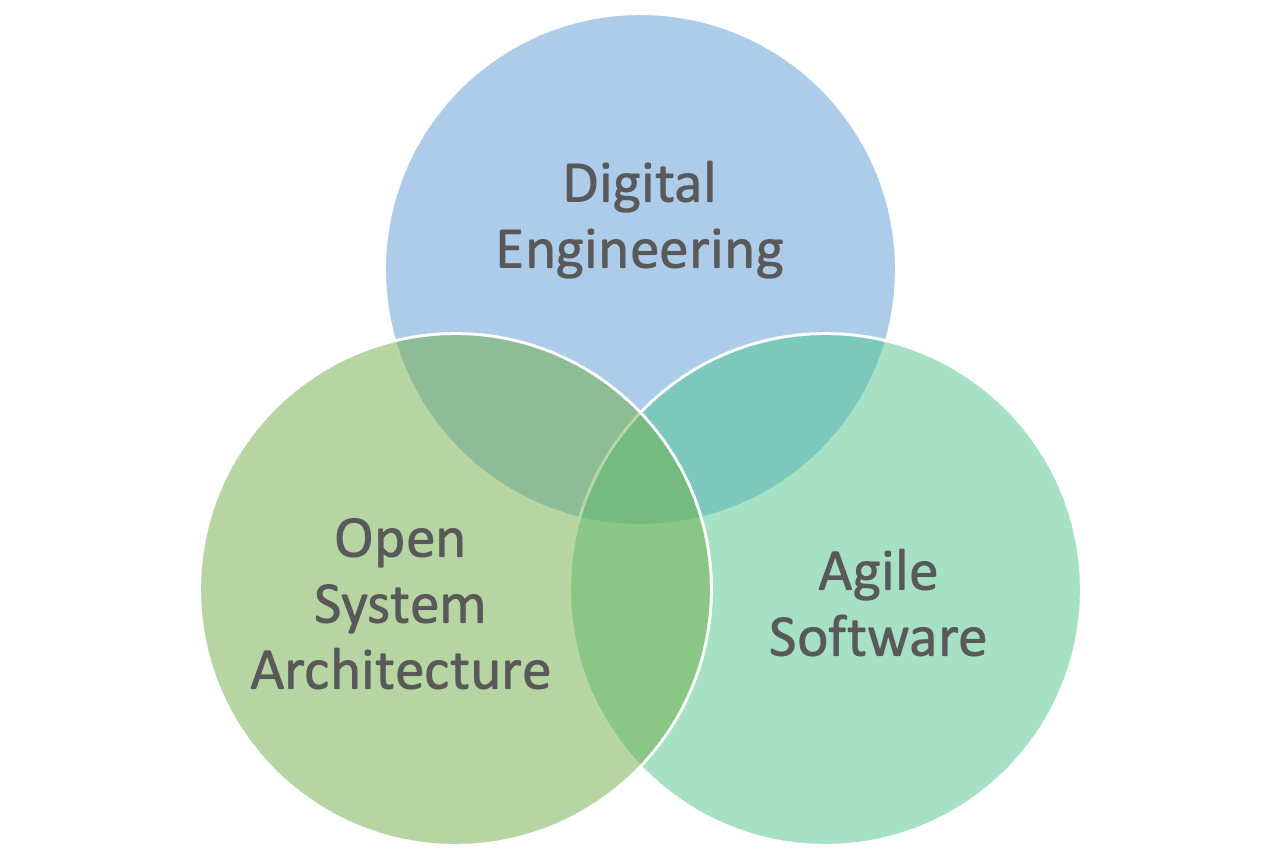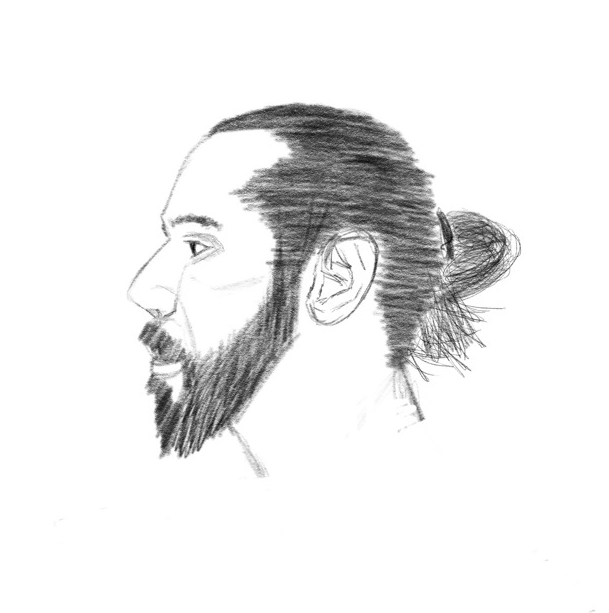The "Digital Trinity"
Introduction.
I’d like to share several conclusions before I have worked on different research. This post has been written during that process to summarize some thoughts about digital acquisition in Public Administration. I have been refined my service models to improve digital process in public sector – “Modern Public Administration”, which seem like the “Modern Company” but with the related public restrictions. The first step in this journey was: how to migrate to digital acquisition.
AS-IS.
What’s the challenge? - it’s how to hold the speed and agility to achieve at the tempo required.
Why? - Because we are fighting for limited resources (e.g. STEM talent overall) and technology maturity level as well.
How to achieve? the “Digital Trinity” is the proposal, with focus on a commitment to achieve these concerns, agility, and speed.
What’s that? a group of three main blocks, it’s related with Digital Building Code for: Digital Engineering, Agile Software, and Open Systems Architecture. There is added a Criteria Scorecard Tab to help in this way too.
New model of product and services has been relevance in a Software Model because reduce time and costs, scale up better and can simulate all kind of environments. Mottos like: “as a Code” can be one of the cornerstone (let us deploy quickly), other “as a Service” how to productive, and the last one – “Zero Trust” are related with security aspects.
Those ingredients make me happy because there are the same as a “Modern Company” new patterns, new designs, and new technology are all-in-one, the primigenial soup of the new digital life - like the big-bang theory.
New tools must be able to measure all ecosystem. We need to monitor the software life cycle: systems, assets (products or artefacts), quality and security.
To resolve this quiz, we take a well-known architecture to define all components based in software. Ta-chan, the “Digital Trinity” is the sum of:

- Digital Engineering: the inception, conceptualization begins the process (e.g. design, develop, prototyped, maintain) from Virtual Reality to real-world. This block will reduce costs, speed-up phases and next steps.
- Open System Architecture (well-formed ecosystem) will integrate, communicate and connect all parts (e.g. Containers, Kubernetes, Micro-services), and build these “Lego Blocks”.
- Agile Software will let develop, deploy and build new components breaking the silos of the slow and pretty hierarchical organizations. DevOps or DevSecOps solutions will be the tools as a bridge between our infrastructure, security, and software development. The observability concept takes special relevance with aspects like security, quality, compliance, and time. This point will be critical to make decision based on data. The automation will come us to simplify and change our perspective of work, tasks, activities. Those related elements will connect of process on software pipelines with end-to-end vision.

Summarized - Schema and structure of Digital Trinity:
Digital Engineering:
- Develop digital models of systems.
- Develop a digital twin and digital threat.
- Develop an integrated digital environment. (An IDE): Development Platform, Architectural modelling,Product lifecycle Management (PLM), Operational Analysis, Requirements Management.
- Employ a tailored digital strategy for contracting with industry.
- Ensure organizational readiness for Digital Engineering: SysML based tools, UML, BPMN, and XML, DevSecOps process, Modelling techniques (e.g. CAD, FEA, CFD).
- Implement Digital Acquisition.
- Track Digital Maturity Metrics. Observability.
Agile Software:
- Implement DevSecOps software development methodology and reference design. It’s interesting how the key points are: move away from waterfall to agile, implement CNCF Kubernetes, Minimum Viable Product (MVP), Sidecar Container Security Stack (SCSS), and Open Container Initiative (OCI), and security guidance about whole ecosystem form IaC to products or artefacts. Systems, platforms, and products or artefacts are joined in security concerns.
- Adopt the following common enterprise services and tooling standards. Zero trust, Continous Integration and Continous Delivery (CI/CD), DevOps and DevSecOps platforms. The “lego Block”: Centralised Repository for code, Infrastructure as a Code (IaC), Configuration as a Code (CaC).
- Implement the following organisation staffing, leadership, and training guidance: Materials (guides) and tranining (guidance) for all staff related on: Domain Driven Design (DDD), Test-Driven Development, Strangler Pattern, Microservice Architecture, Prevention of Lock-in, Kubernetes and/or Containers.
- Start Tracking performance metric for software factories and Agile Teams: DevOps Research and Assessment (DORA), my well-known Observability: Deployment Frequency (DF), Mean Lead Time for changes (MLT), Mean Time To Recover (MTTR), Change Failure Rate (CFR).
Open Systems Architecture (OSA):
- Implement this architecture: Modular Open System Approach (MOSA), generate SysML, etc.
- Leverage Open Standards.
- Designate, empower, resource, and train System Architects in Program Offices.
- Track and report architecture performance metrics.
